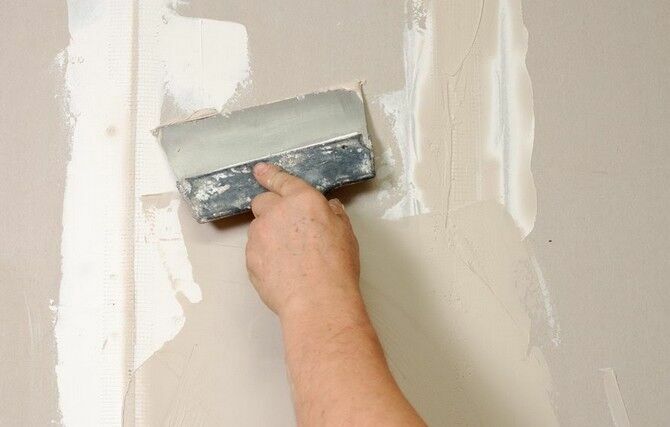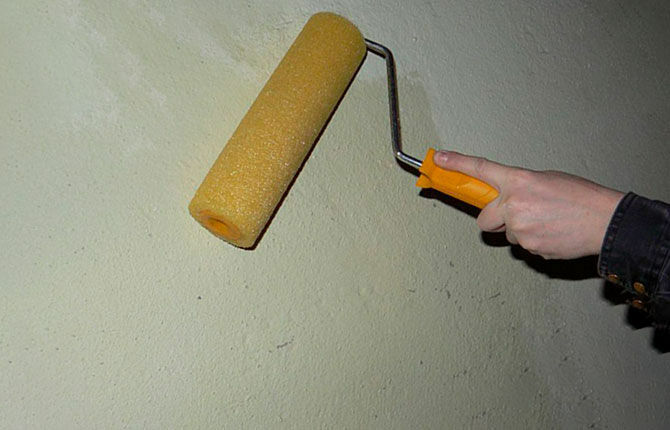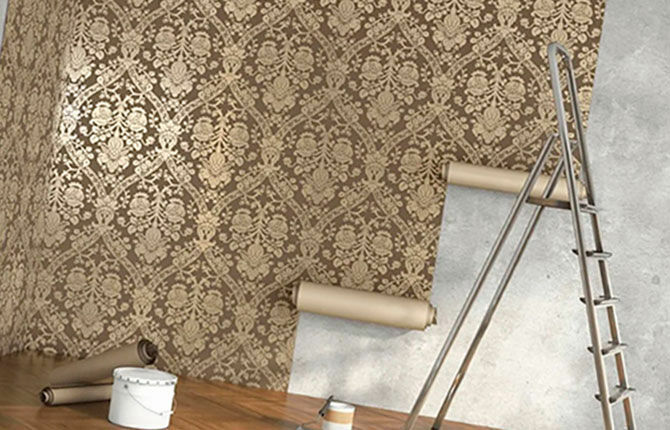The main thing before sticking vinyl wallpaper is to make preparatory procedures. It is important to choose the right glue and then clearly follow the instructions on how to glue vinyl wallpaper. In this case, the coating will lie evenly, without spots, smudges and air bubbles.
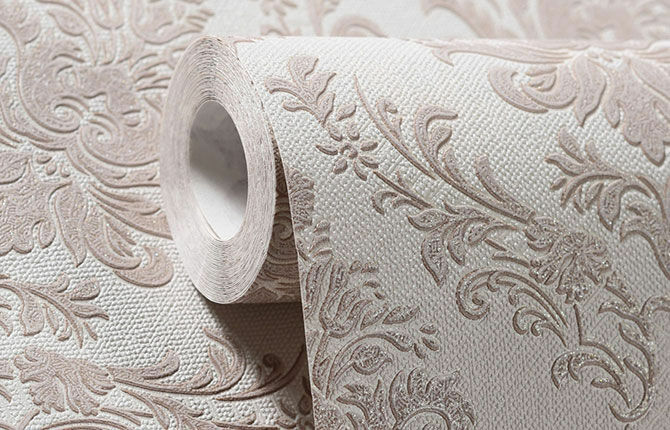
The content of the article:
- Basic Rules
- Glue selection rules
- Tools and fixtures
- Preparatory work
-
Sticking procedure
- Surface marking
- Strip preparation
- Wallpapering
- The final stage
- Sticking on difficult areas
- Drying period
Basic Rules
In order for the walls to be beautiful and even in the room, and the coating to hold firmly, the following rules must be observed:
- Vinyl-based wallpaper with an ornament is glued strictly joint to joint, making sure that the pattern is drawn up. Direct sticking is carried out if there is an icon on the pack with arrows going against each other. In other cases, it is necessary to stick canvases with an offset. This offset in centimeters is indicated on the packaged roll.
- Before gluing, choose an adhesive that matches the structure of the coating. If the base is denser - non-woven, they acquire an adhesive composition intended directly for vinyl wallpaper. If the coating is paper, standard glue will do.
- Cloths are glued strictly in the direction from the ceiling to the floor. Initially, the part that goes in the center is pressed tightly. After that, excess glue and air are expelled to the sides. This is done with a dry rag or a dense rubber spatula.
- The edges for an even coating must be leveled very carefully. Each individual opposite joint must be worked out with a narrow roller of dense rubber.
- After sticking each strip, it is necessary to remove excess adhesive mass. This way you can prevent the formation of stains on the walls.
In addition to these general rules, it is important to consider the basis of the finish. Paper sheets are relatively light in weight. Non-woven wallpaper have a relief coating, which significantly weights the canvas. When gluing this factor must be taken into account.
Depending on the category of wall covering purchased, there are several additional rules:
- if vinyl wallpaper made on standard paper is available, the adhesive should be applied both to the cleaned wall and to the paper sheets;
- if the purchased coating is on non-woven fabric, only the walls are covered with glue, the finishing material itself remains dry.
Glue selection rules
Choose an adhesive that matches the base material. In any case, do not use the usual PVA glue and self-mixed paste. PVA will not give high quality gluing. The sheets will slide under their own weight.
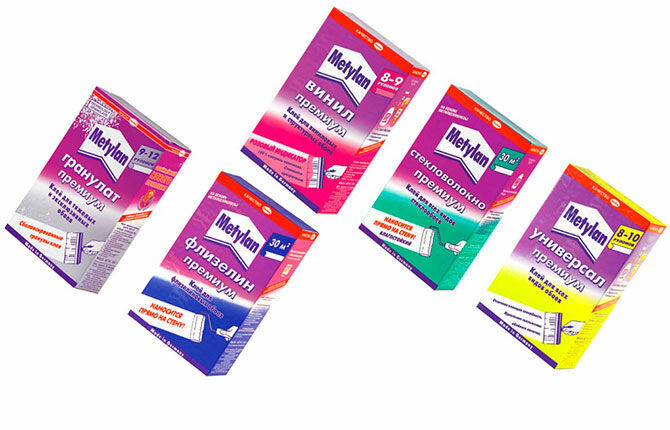
It is not recommended to glue on the paste. A substance made from starch and flour is considered an ideal basis for the appearance of various microorganisms. For gluing, you need to purchase a special composition, sold in construction and repair stores. Here you can follow 2 rules:
- For wallpaper on non-woven, you need to buy a special glue, on which the purpose for vinyl is written. It contains chemically modified starch. To protect against mold, antiseptic components are used, which simultaneously increase the viscosity and stickiness.
- For paper wallpaper, standard wallpaper paste is suitable. But on the condition that the surface of the canvas does not have three-dimensional patterns, which significantly increase the weight of the wallpaper.
The amount of glue purchased depends on the consumption indicated on the package. On average, to stick four strips, you need 180 g of dry powder.
Tools and fixtures
In order for vinyl wallpapers to be glued with high quality, it is important to carefully prepare, buy the following:
- a bucket or bowl for mixing glue;
- construction roller to eliminate excess glue and air;
- floor protection film
- clean rags for various small jobs;
- narrow rollers to roll oncoming joints;
- wallpaper knife, spatula for cutting canvases and a pencil;
- rubber spatula for fitting strips;
- corner special roller for leveling corners.
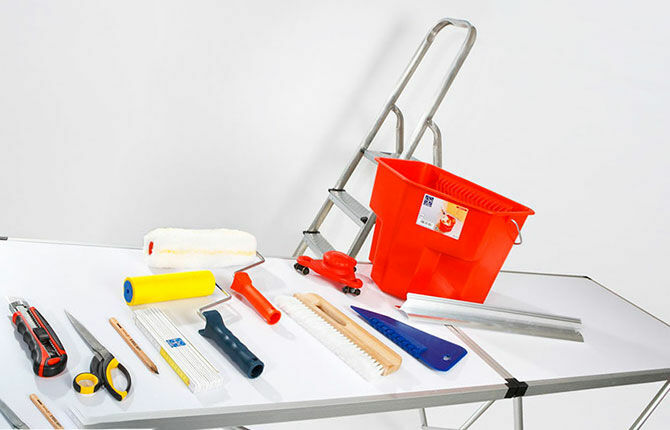
Preparatory work
Before performing interior decoration, the following preparatory measures must be carried out:
- Pick up wallpaper and suitable glue.
- Prepare the wall surface.
- Remove traces of previous repairs.
- Cover the floor with foil.
- Turn off the electricity supply.
- Take off switches and sockets.
Next, you can knead the glue. The procedure is carried out in accordance with the instructions. In most cases, you need to do the following:
- Dry granules of the adhesive composition are poured into warm water.
- The solution is mixed during backfilling with a screwdriver or manually.
- Having prepared the adhesive mixture, begin to glue. First you need to make sure that the surface of the wall is level and clean.
Vinyl wallpaper is forbidden to glue on the old paper coating, paint, foam. The coating will not adhere to tiles and laminated plastic panels.
Concrete walls are ideal, but they often have defects. Eliminate them with putty. Only then can you glue the canvases. Plasterboard walls require minimal preparation. The only thing that needs to be done is to remove the remnants of the old coating, lime, whitewash or paint, as well as other contaminants.
Regardless of what material the walls are made of, after cleaning and the necessary leveling, a primer is applied. It enhances the adhesion between the wall and the decorative material, making it more durable and as durable as possible.
Sticking procedure
Before gluing, cut individual strips. Do it according to the drawing. If a shift is needed, a small margin is taken into account. The distance should be sufficient for the selection of the ornament. Strips should be glued butt-to-butt, overlap is unacceptable. If the purchased vinyl wallpaper is made on non-woven, there is no need to lubricate them. In such a situation, gluing comes down to simple 4 steps.
Surface marking
Begin to glue strictly from the window. For this purpose, the width of the vinyl coating strip is measured, and then a line is drawn using the building level. The entire area is marked in this way. This allows you to calculate how many strips will be needed to finish the entire room.
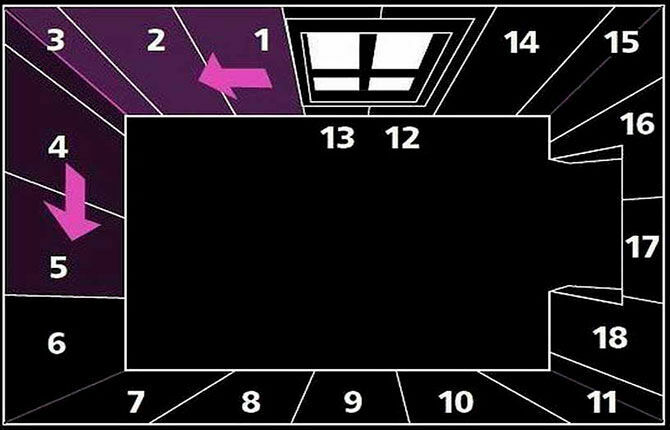
Strip preparation
Properly cut strips spread out. The pattern is adjusted and only then they can be glued in a predetermined order.
Wallpapering
The upper part of the first strip is applied to the wall previously smeared with glue. With a dry roller, the center of the strip is pressed along the longitudinal axis. This is done from the ceiling to the floor. In a similar way, it is carried out from the center in both directions, while removing glue and air.
The ends of the vinyl strips at the top and bottom, as well as the joints, are rolled with a prepared narrow roller. Excess glue is removed with a roller or rags.
The final stage
The excess is cut off with a wallpaper knife. For an even cut, you need to use a spatula.
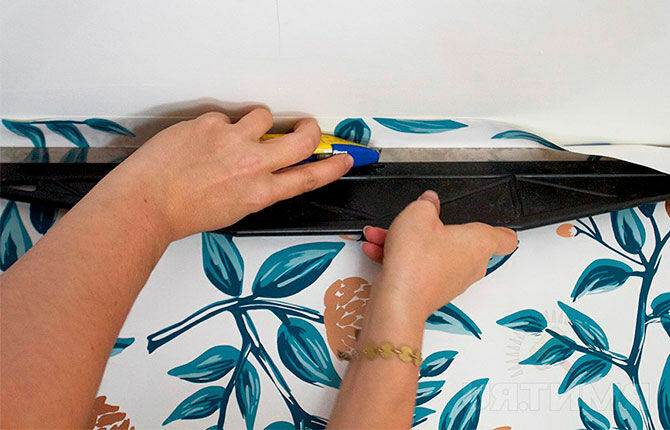
Sticking on difficult areas
On straight and carefully cleaned walls, self-gluing a vinyl decorative coating is easy and simple. Difficulties arise when finishing corners, in areas where switches are located. In such a situation, special tools are used and the following rules are followed:
- when pasting areas around doors, as well as windows, you need to make pieces of a suitable size in advance;
- finishing the wall behind the battery, you also need to prepare carefully verified elements in advance;
- when gluing areas with located switches, it is necessary to make a cross-shaped cutout in the vinyl sheet.
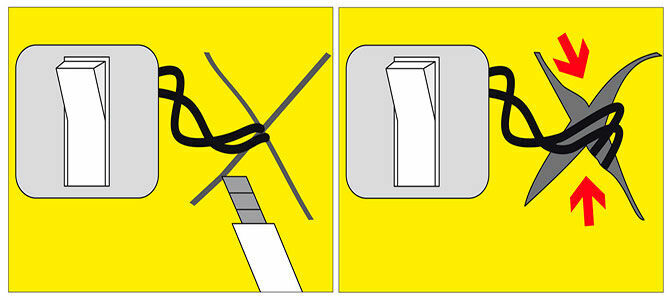
What is better non-woven wallpaper or vinyl: advantages and disadvantages + subtleties of choosing wallpaper. You can read about it in our article. link.
Drying period
In order for vinyl wallpaper to dry faster, the room cannot be ventilated throughout the day. The presence of a draft will lead to overdrying of the coating, it will lose its shape and appearance. Forced heating of the room is undesirable. Windows can be opened after 24 hours. If it is cold outside and the apartment is cool, it will take 2-3 days for the vinyl to dry.
If you follow the instructions above, you can stick vinyl wallpaper without problems and quickly enough. This is a great opportunity to save money without having to turn to professionals.
And how did you do the repair, how did you glue the beautiful vinyl wallpaper? What secrets do you know? What problems did you face during the renovation? Tell us about it in the comments. Share the article on social networks and bookmark it so that you have information at hand during repairs.
How to properly glue vinyl wallpaper will tell the author of the video:
